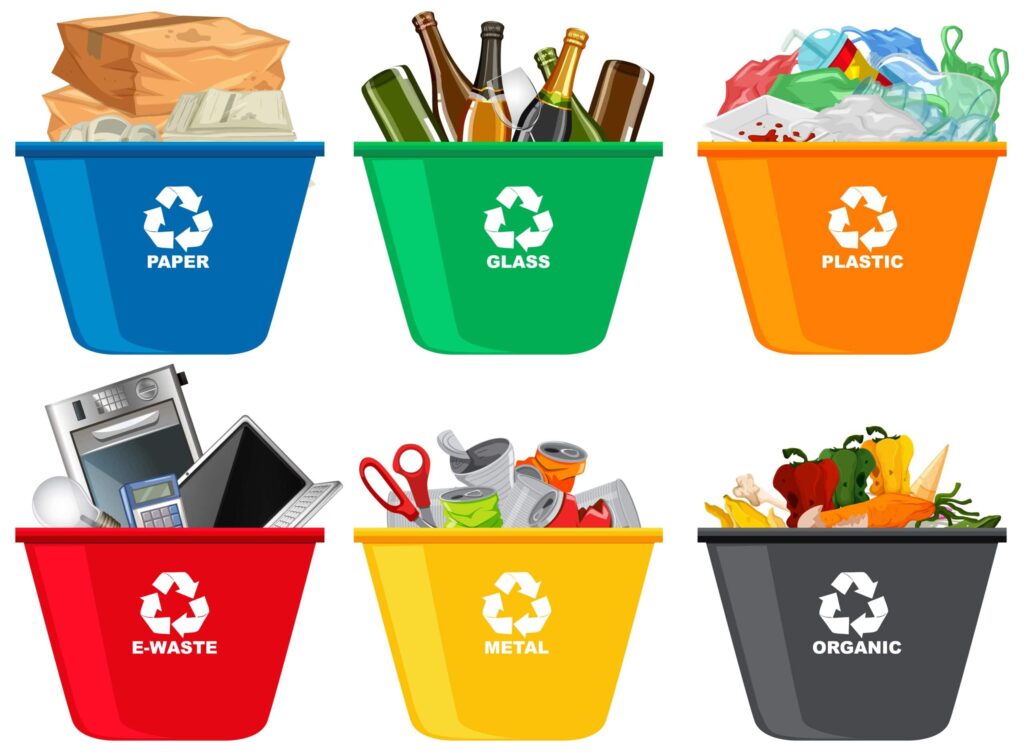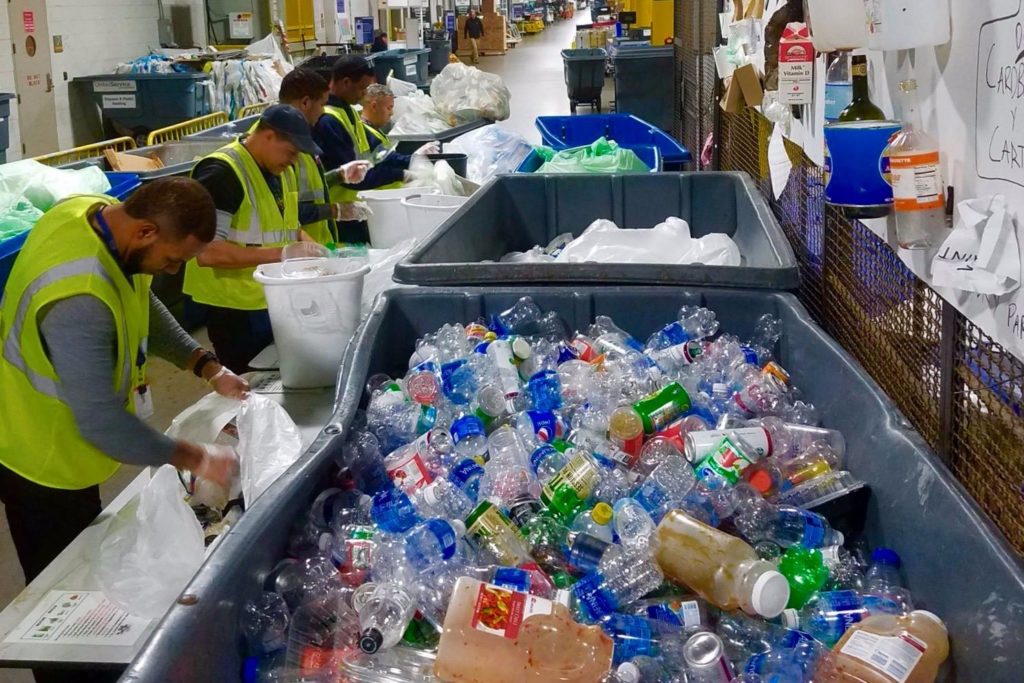The waste management programmed is the most important and fundamental document within the field of waste management, and it is also a vital part of environmental permit application.
Waste management encompasses all of the operations that are performed on waste, from the time it is generated until the time it is disposed of.
Waste management operations consist of the following:
- The accumulative accumulation of garbage at the site of their generation
- The gathering of garbage
- Transport of waste materials
- Waste reprocessing
- The elimination of garbage
- Ancillary operations are performed
Operations for the gathering, transportation, recovery, and (or) disposal of solid waste are under constant observation.
The upkeep of liquidated (closed, deactivated) waste disposal facilities is one example of this.
Defining waste as substances, materials, or objects generated during the production cycle, labor performance, service provision, or intake (including goods that also have did lose their consumer attributes), which their accurate response recognizes as waste or which will be sent for disposal, restoration, or recycling, in accordance with applicable laws and regulations.
The following are the objectives of management over the treatment of consumption and production waste:
Their detrimental environmental impacts are being reduced.
Assuring that trash generated by the firm has the least possible impact on the environment’s constituents at all phases of its handling;
An inventory of the enterprise’s production and consumption wastes, as well as the methods by which they are generated, in order to achieve the objectives outlined above.
There are also economic considerations in the waste management system, such as the costs and return for investors, as well as the costs and tariffs for state agencies and the public. In this context, it becomes necessary to reduce costs at all levels of the waste management process.

Individuals but also legal entities who generate waste in the journey of their commercial development are required to take precautionary measures to ensure that the waste is handled safely, to comply with environmental, sanitary, and epidemiological necessities, and to take measures to ensure that the waste is disposed of safely, neutralized, and recycled.
Manufacturing and sales wastes are classified into two categories: hazardous and non-hazardous, based on the degree of danger they pose.
Hazardous waste is waste that consists of harmful substances that seem to have one or more dangerous effects (toxicity, explosiveness, radioactive materials, fire hazard, high reactivity, etc.) and that may pose an immediate or potential threat to the environment and health on their own or when in contact with others. Non-hazardous waste is any waste that does not include any potentially dangerous components.
In accordance with the authorized body in the areas of safety, the state body in charge of the municipal and epidemiological service, and other particularly authorized state bodies, local executive bodies choose where garbage will be deposited and disposed of.
Temporary storage facilities are intended for the storage of investment and distribution waste by those whose activities consequences in its generation, and for the periods specified in the project supporting documents (but not longer than six months), in order to facilitate their later transfer to organizations carrying out waste disposal operations, recycling, and the disposal that cannot be recycled or otherwise disposed of.
